117 Search Results for: Quaile
Santa in distress in a melting Arctic
As I was floating around our local swimming pool to the sound of “Rudolph the red-nosed reindeer” last night, the thought of reindeer in water took my thoughts up north. Poor old Santa must be having a worrying time. Snow and sleighs are the basis of his business. If anybody has to be concerned about what climate change is doing to the Arctic, it has to be Santa. His snowy wonderland is melting twice or even three times as fast as the rest of the planet. Reindeer are threatened by climate change, a new report confirms.
Maybe he is already thinking about some alternative transport. Marine animals to get across an increasingly watery north? Walruses? Whales? Dolphins? But he’d have problems putting them out the back to graze while he distributes the presents and sips his sherry. And in the long-term their food sources could be increasingly problematic with ocean acidification threatening so many species. A hi-tech climate-neutral alternative like the solar plane? Not much good at night. And not nearly as much fun as reindeer.
Then come the territorial disputes, with Canada and Russia arguing over who owns the North Pole. Santa would not want to be caught in the crossfire. And landing on rooftops is becoming increasingly hazardous. Does it count as hooliganism?
His Russian partner “Father Frost” (aka Grandfather Frost or Jack) must be getting a bit worried as well. He’s said to be building a giant freezer to keep Siberia cool – powered presumably with oil and gas from the Arctic.
I’m not the only one to be concerned. Greenpeace have come up with a “Save Santa’s Home” campaign, and a whole set of electronic Christmas cards drawing attention to the plight of our jovial white-bearded gift-bringer. And if you haven’t seen Santa’s Message on video, have a look. And remember we British have a tongue-in-cheek kind of sense of humour. CNN missed that, I think, when they broadcast their own story about the video (although it is not without a sliver of its own biting wit). Reporter Jeanne Moos reminds Santa that “An organisation of climate change sceptics” is talking about “recovering Arctic ice”. The “other side” does (in the interests of unbiased journalism no doubt 😉 ? get quoted in the report. Moos talks about “those who believe in global warming” as if the majority who accept the findings of something like 99% of scientists, the UN, the IPCC… belonged to a weird sect.
 Santa, I’m with you and all those who are interested in protecting the Arctic from climate change and pollution. Rudolph, Dancer, Prancer and the rest of you guys – keep up the good work. You make millions of kids (and a lot of grown ups) happy every Christmas. Here’s hoping the world will take some steps in 2014 that will preserve your frozen north home for generations to come.
Santa, I’m with you and all those who are interested in protecting the Arctic from climate change and pollution. Rudolph, Dancer, Prancer and the rest of you guys – keep up the good work. You make millions of kids (and a lot of grown ups) happy every Christmas. Here’s hoping the world will take some steps in 2014 that will preserve your frozen north home for generations to come.
Merry Christmas everybody! The iceblogger will be back in January 2014. Keep your eye out for the odd tweet @iceblogger
Canada and Russia rippling muscles in the Arctic
Enjoying my morning tea the other day, my attention was caught by an Arctic headline in our local newspaper. When the Arctic makes its way into a publication I read rather for its regional flavour than international current affairs, I get the feeling there are certainly things afoot. Or is it just that stories involving Russia and any possible military conflict appeal to the public at the moment? The story was the latest sabre-rattling by Vladimir Putin, saying Russia would be stepping up its military presence in the Arctic to defend the country’s geopolitical interests.
The Kremlin chief has been turning into a bit of a public enemy number one here, with the arrest of the “Arctic 30” and refusal to comply with the international maritime tribunal, the pressure on the Ukraine to keep away from the EU and the publicity of the treatment of homosexuals in the run-up to the winter Olympics. Now the big, bad Russians are sending soldiers up to the North Pole, that iconic supposedly untouched frozen waste at the top of the planet, which belongs to no country. Not so far anyway.
We remember how a Russian submarine planted its flag on the seabed under the North Pole in 2007. Back in 2001 Russia submitted a claim to extend its nautical borders to the UN commission on the limits of its continental shelf. In the meantime, the rapidly warming climate has increased the international race to get at Arctic resources and develop an infrastructure to profit from increased shipping through the area.
I do find it a matter of concern that Russia is re-opening military bases in the Arctic and has sent warships up there for the first time in more than 20 years. Luke Harding in the Guardian links Russia’s renewed interest in the region directly to Putin’s ascent to the Kremlin in 2000. In contrast to the policies under Dmitry Medvedev, “Putin’s Arctic rhetoric has been hawkish”, Harding writes. The same can be said of Canada’s conservative prime minister Stephen Harper. Canada has just submitted its claim to the UN Commission and says it will actually be laying claim to the North Pole soon. As current chair of the Arctic Council, Canada has been stressing the need to develop the region. This week I talked to a Canadian colleague, who was flabbergasted by the latest Canadian antics concerning the High North. His scepticism was based on what he sees as a huge discrepancy between the might of Putin’s Russia and a Canada with limited military resources.![]()
![]() Let us hope that military power is not what will decide the struggle for the North Pole and the Arctic in general. If the countries put as much effort into reducing emissions and developing climate-friendly technologies as into military developments – and I am thinking of political rhetoric and pr as much as actual spending – the Arctic might be able to continue to be the remote, frozen area at the top of the world with its unique ecosystems preserved for future generations.
Let us hope that military power is not what will decide the struggle for the North Pole and the Arctic in general. If the countries put as much effort into reducing emissions and developing climate-friendly technologies as into military developments – and I am thinking of political rhetoric and pr as much as actual spending – the Arctic might be able to continue to be the remote, frozen area at the top of the world with its unique ecosystems preserved for future generations.![]()
Polar regions hit by ocean acidification
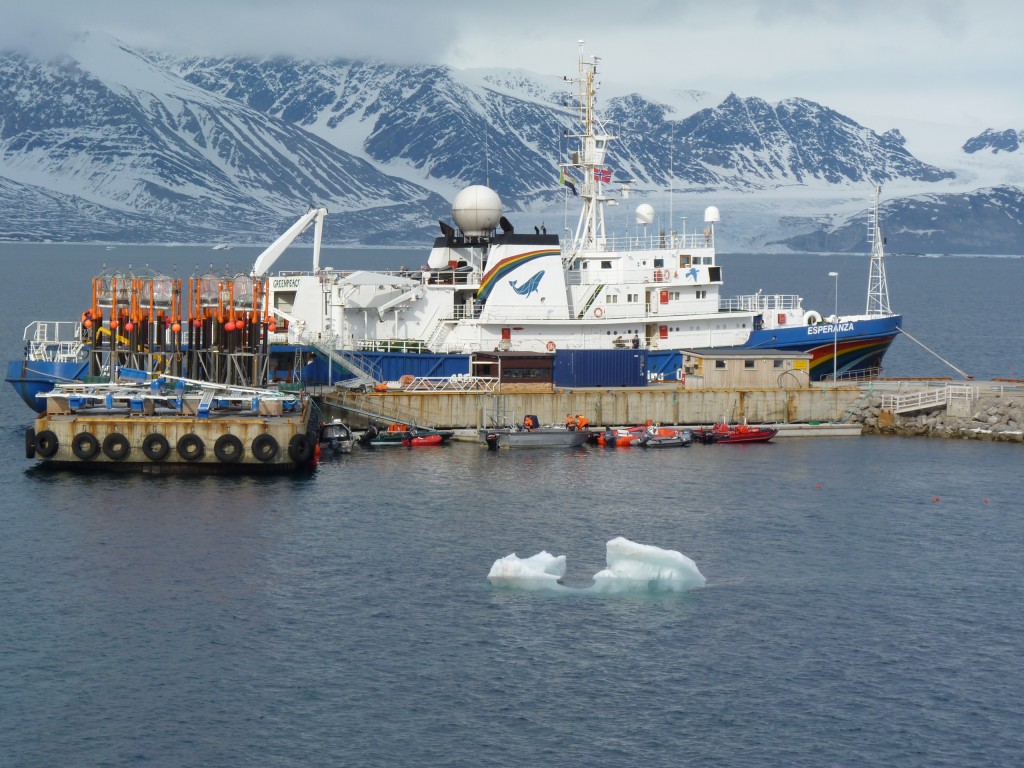
In 2010 I watched the start of the first in situ ocean acidification experiments off the coast at Ny Alesund, Spitsbergen, as part of the EU’s EPOCA project. Mesocosms, or giant test-tubes, were being taken out to sea by the Greenpeace ship the Esperanza. (Pic: Irene Quaile)
Did you notice much about the problem of CO2 in the oceans in the (already minimal in most places) coverage of the Warsaw climate conference? A summary of the report published recently by the International Programme on the State of the Oceans (IPSO) was presented at the meeting to draw attention to the dangers posed by acidification for ecosystems, humankind and, in form of a feedback effect, for the climate warming which is causing it in the first place. If that sounds complicated, but intriguing enough to warrant further interest, you might want to listen to an interview I recorded this week with Alex Rogers. He is a Professor of Conservation Biology at the Dept. of Zoology and a Fellow of Somerville College, University of Oxford. Amongst his many other titles, he’s the Scientific Director of IPSO. He told me it was a “fascinating coincidence” that the report was published just after the latest IPCC report, which noted, amongst other things, that atmospheric temperatures hadn’t risen as much over the last ten years or so as had been expected. One main reason suggested is that the excess heat is being taken up by the ocean, especially the deep ocean. And that fits perfectly with the findings of the big ocean survey and collation of data, says Prof. Rogers.
I also talked to Ulf Riebesell from the Helmholtz Institute for Ocean Research in Kiel, Germany, a lead author of the report and the scientist who has been in charge of the in situ acidification experiments in the Arctic .You might also enjoy in my report from that venture.
That interview is in German, so I’m not putting it up here, but the content will be flowing into an article for the DW website very soon. Meanwhile, here’s Professor Rogers:
Why conferences like Warsaw won’t save the Arctic!
No wonder the ngos walked out in disgust. The latest UN climate conference has strengthened my feeling that these mega-events are not going to lead to the emissions reductions we need to protect the polar ice and the world climate.
Typhoon Haiyan and its devasting effects on the Philippines was a fine warning of what the world could be facing if we are not able to put the brakes on climate change. The newest IPCC report provides impressive evidence of the need for swift and effective action to combat climate change. Otherwise, the world will have to cope with more frequent and severe extreme weather events, rising seas, floods and droughts. The World Bank and the UN have set the alarm bells ringing. We have to reduce emissions by around 85% by 2050 to keep global temperature rise to the two-degree Celsius limit. The International Energy Agency says that would mean leaving 80% of our remaining fossil fuels in the ground.
Climate sinners hosting
Unfortunately the track laid out for the conference in Poland was heading in another direction from the start. Fossil energy providers and huge energy consumers like the steel and car industry were sponsoring the event. The host country Poland is and plans to remain a coal country. So far, Warsaw has blocked more ambitious emissions targets in the EU. The fact that a coal summit was held in Poland during the climate negotiations was clearly demonstrative – and verges on the cynical. The sacking of the Polish environment minister who was chairing the talks shows a lack of respect for the meeting and the issue of climate change itself.
Climate politics: no leadership in sight
But the failure of the conference was not just Poland’s fault. CO2 emissions are continuing to rise globally, and the conference delegates did not have much in their luggage to do anything about it. It was far too little in the way of commitment to binding emissions reductions or to creating an effective and well-funded compensation mechanism for developing countries. The poorest countries, which are already struggling to cope with unpredictable climate patterns, droughts and flooding, went home disappointed and frustrated – once again.
The EU was unable to agree on tighter emissions targets ahead of the conference. Germany, long considered a leader in the field, is currently putting the brakes on its own renewable energy revolution by shifting financial incentives. Japan, Canada and Australia, all took a step backwards. And in spite of some progress at home, the major emitters China and the USA were unlikely to make any substantial announcements.
No progress on a new climate agreement
The Warsaw conference was supposed to come up with an effective timetable to lead to a new international climate agreement, scheduled to be set up in 2015 and implemented in 2020. Instead, it seems countries are playing for time and putting off any binding commitments. The vague document agreed at the very last minute contains no firm deadline for emissions pledges – which will not be binding anyway. The window of opportunity is rapidly closing. Decades of negotiations have produced little in the way of results. Every year without a decrease in greenhouse gas emissions reduces the prospect of keeping to the “two degree” target. Existing pledges fall way short of what is required. The “business as usual” trajectory is heading for a temperature rise of at least four degrees Celsius.
Once more, the UN climate conference has shown its inability to protect the world from the dangers of rapidly progressing climate change. Aside from the annual mega-meetings, which are in danger of disintegrating into mere token events, there are still signs of hope. China, for instance, is making considerable progress on energy issues, although the country refuses to accept internationally binding targets. Climate protection has to become part of daily politics and business in industrialised and emerging countries. Politicians must be prepared to abandon short-term advantages in favour of a long-term perspective, which would guarantee the future for coming generations through a sustainable low-carbon economy. The means turning away from oil and coal, developing renewable energies, ensuring a high price for carbon and providing adequate finance to protect developing nations from climate change caused by past emissions of the industrialised world.
“On Thin Ice” at Warsaw climate talks
Did you know it was the “Day of the Cryosphere” at the Warsaw climate talks COP 19 in Warsaw yesterday? If not, you might be forgiven. I haven’t seen it making the headlines in the mainstream media. That is a pity, given that what climate change is doing to our ice, snow and permafrost has repercussions for the whole planet.
![]() read more
read more



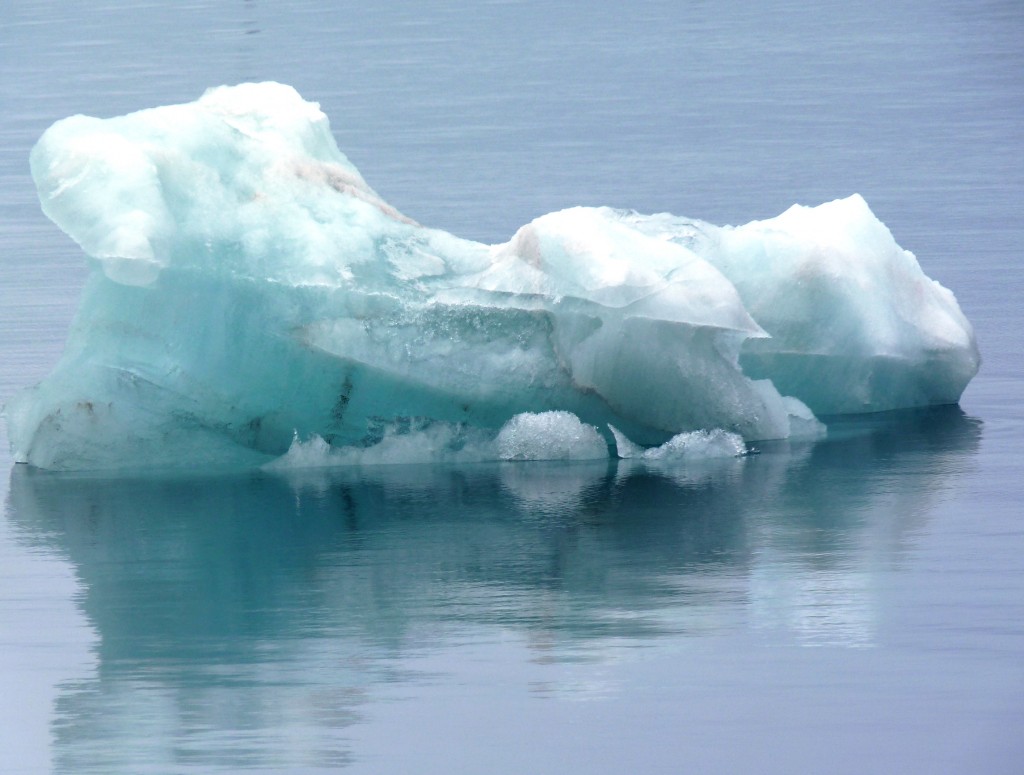
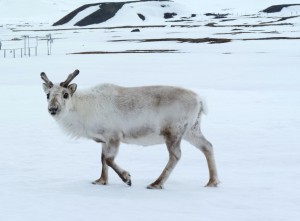


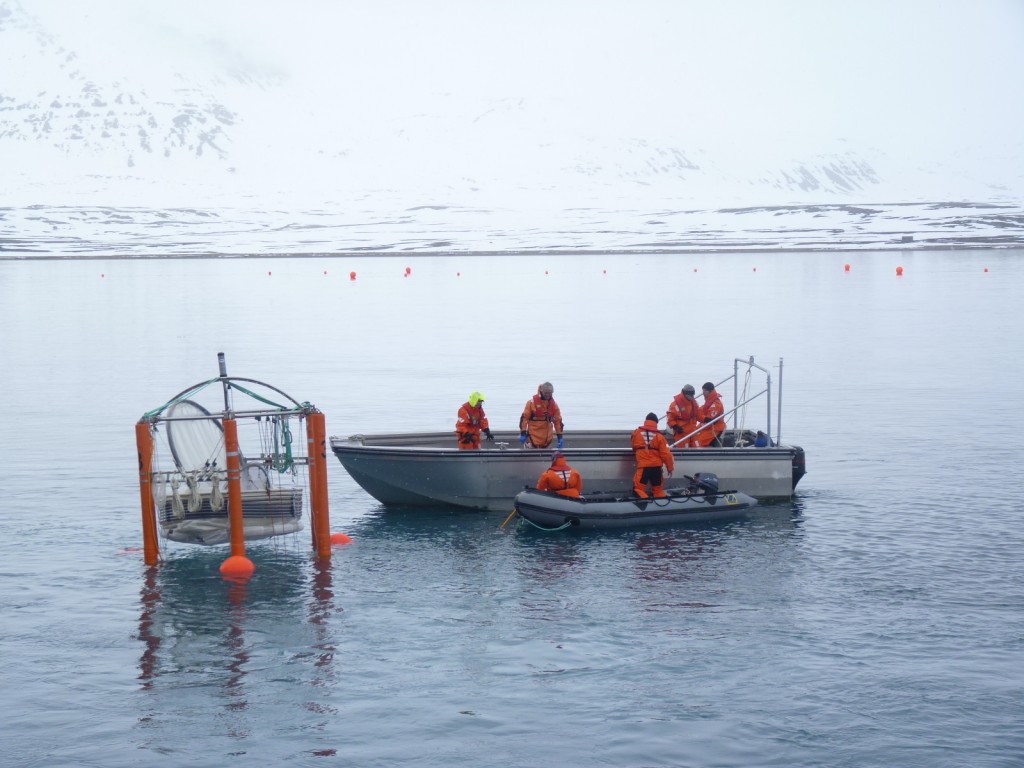
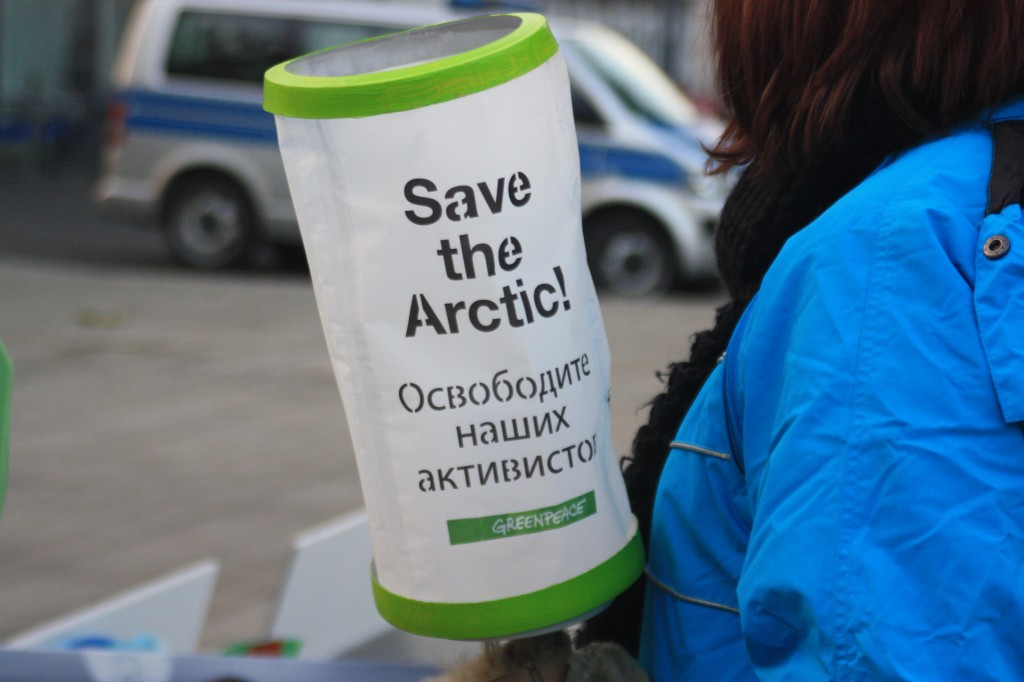

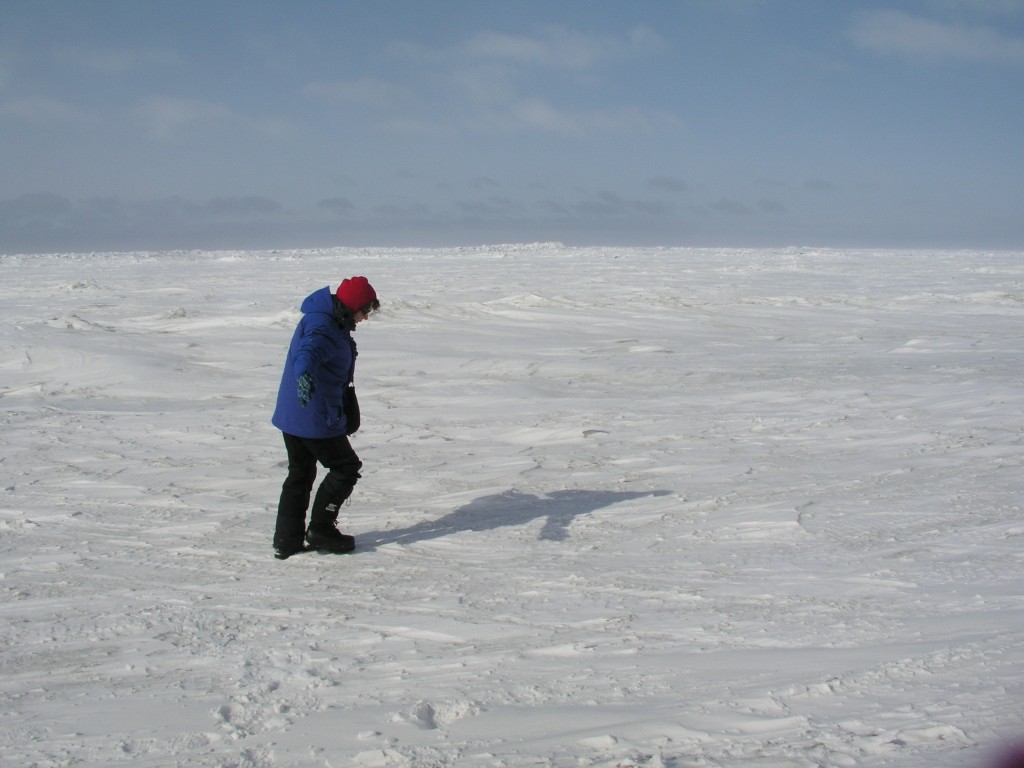
















Feedback